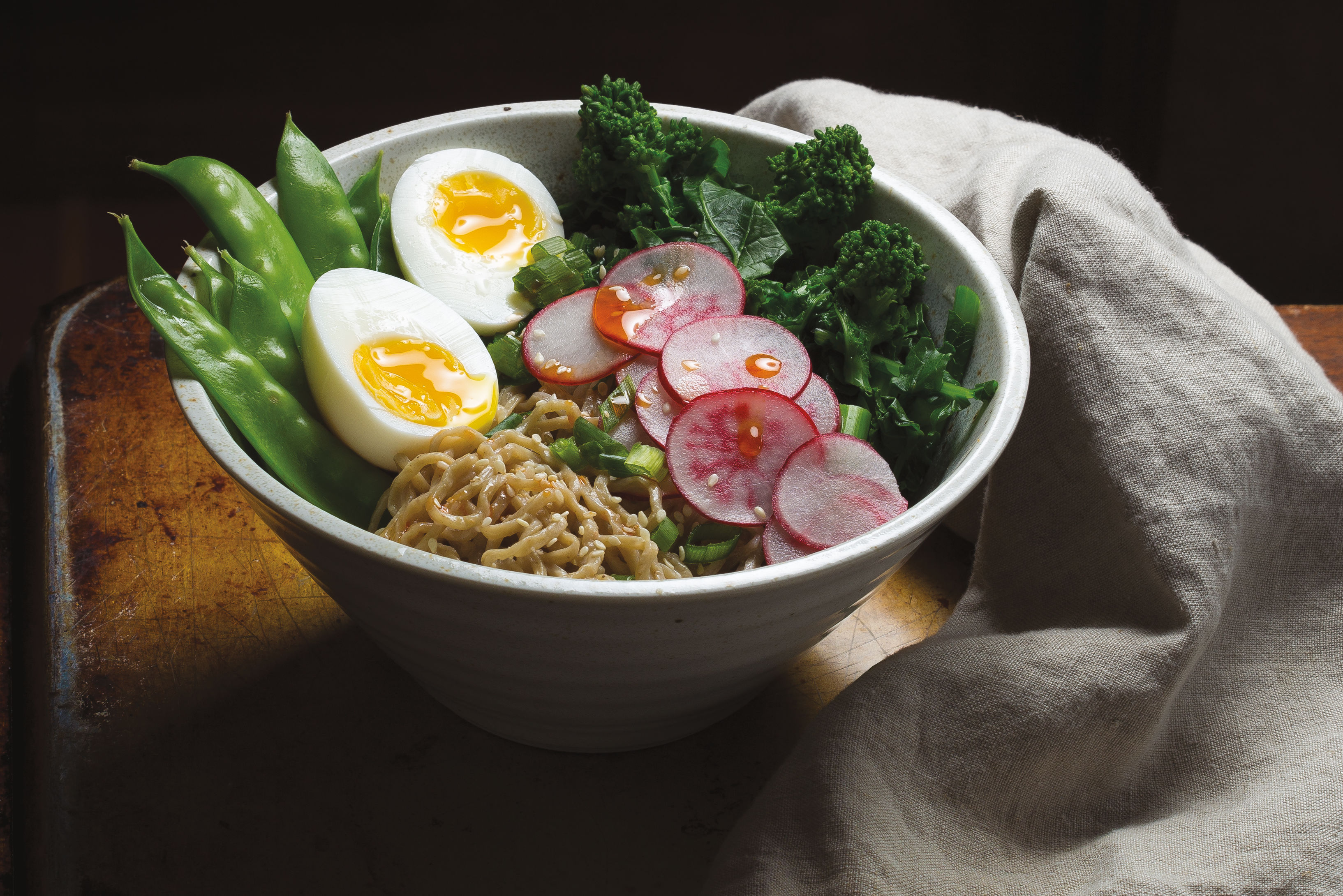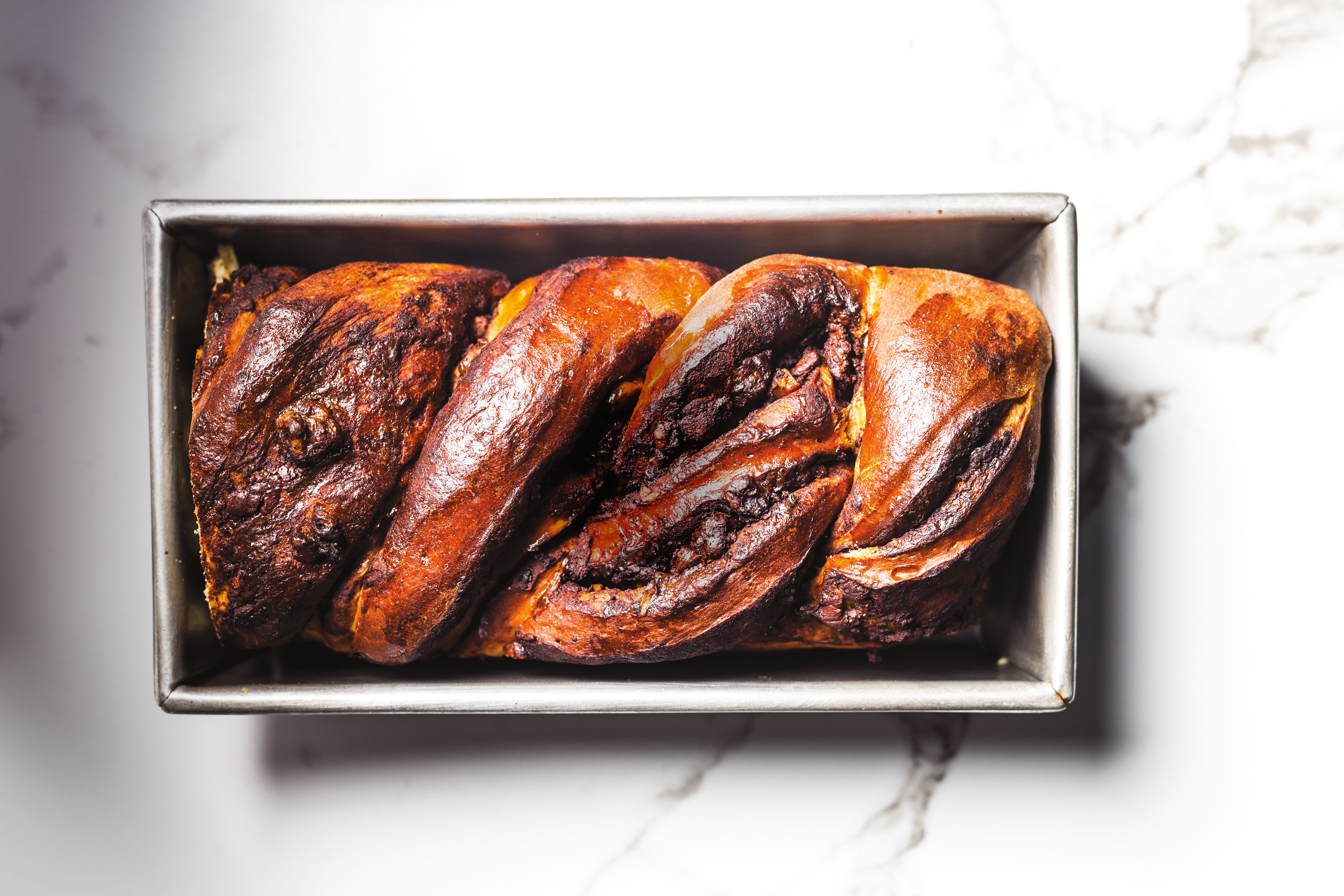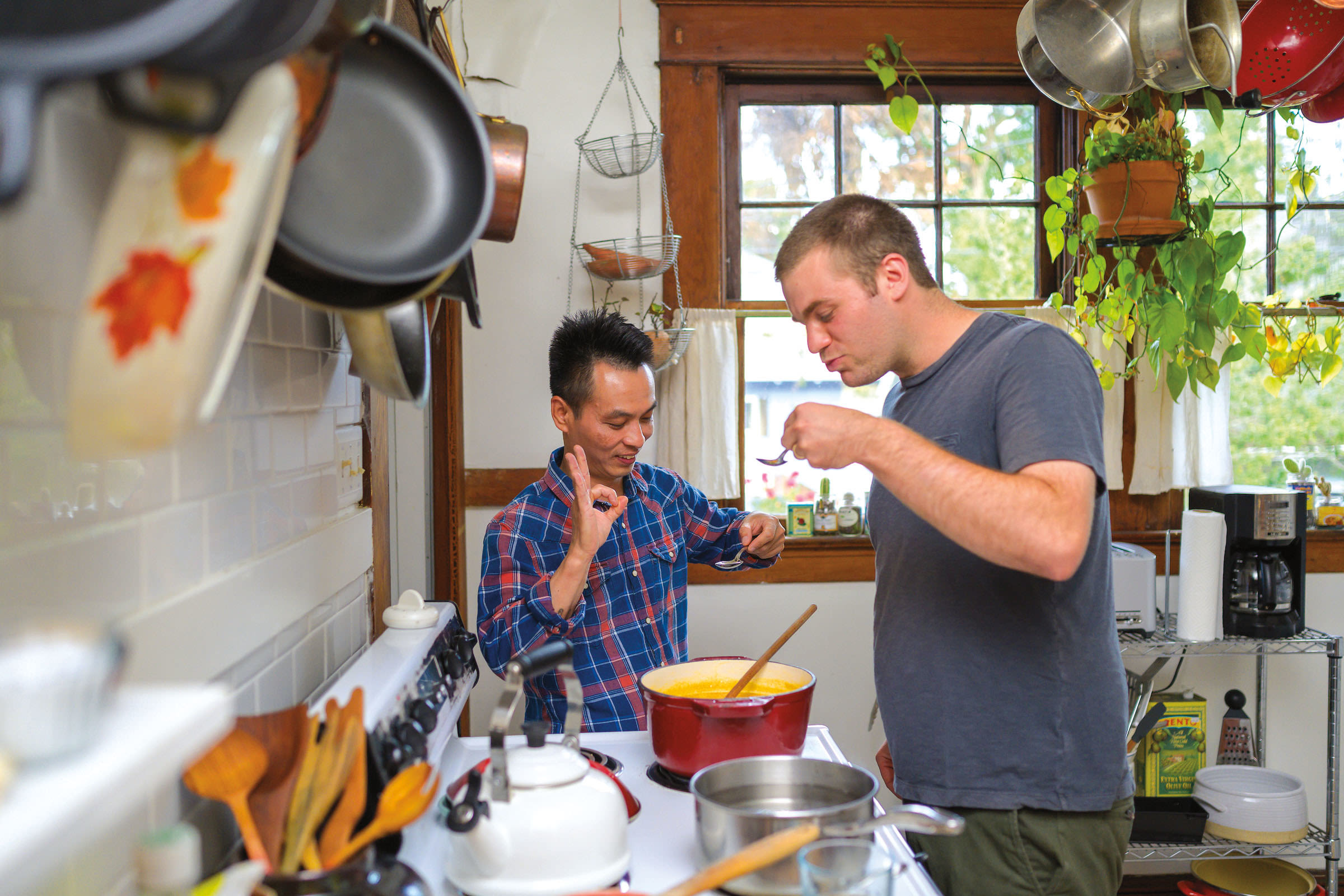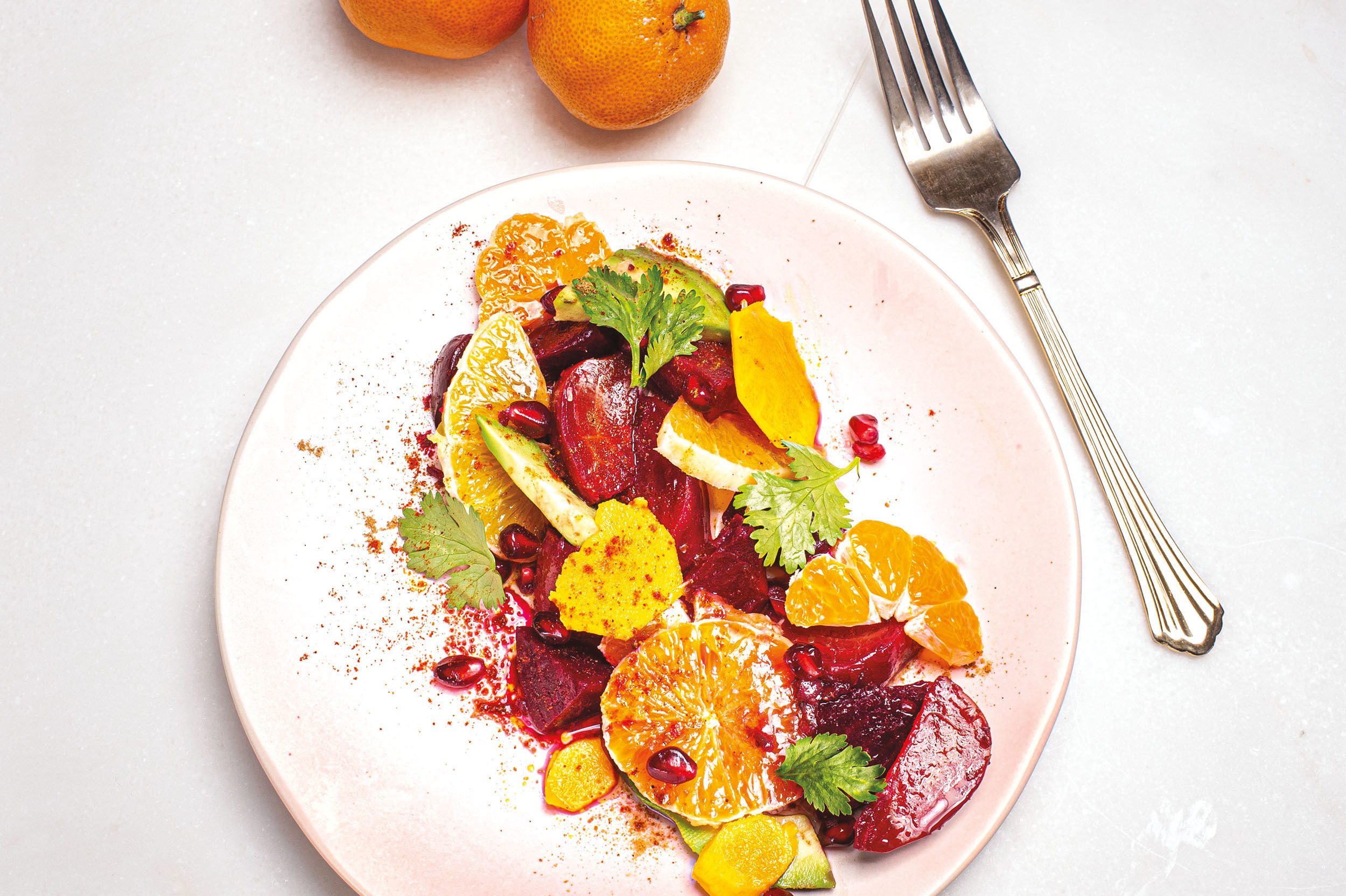The Great Bavette Steak Hunt
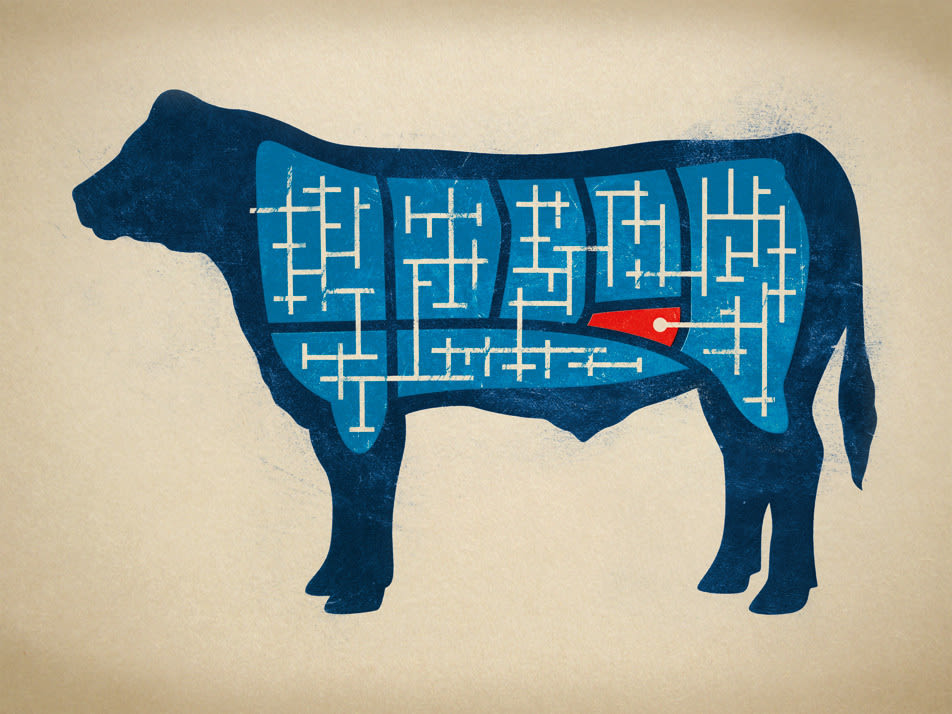
Image: Tim Kamerer
In her new book Raising Steaks: The Life and Times of American Beef, food historian Betty Fussell writes, “Steak is not a dish but a geography—a country, or at least a county … with gravy lakes and fat townships and a bone fence.” Steak even has its own map of sorts—that classic butcher’s diagram of a cow that shows where our ribs, flank, or roast are cut from. But borders have a way of changing, and recently a new region rarely depicted on America’s meat map has shown up in kitchens across Portland: the bavette steak.
“We’ve been butchering the same animal for hundreds of years,” says Miles Wilcox, the sales manager at Columbia Empire Meats, one of the only distributors of bavette steaks in town. “But chefs are constantly asking, ‘What do you have that’s new?’ Well, there really isn’t anything new, there’s just a new way to cut it or present it. Flatiron steaks were a rarity a few years ago, and that’s where the bavette steak is now.”
My introduction to the bavette came at Belly Timber, in Southeast Portland. When I inquired about the bavette steak on the menu, my waiter said, “It’s a popular French cut of meat, kind of like a hanger steak.”
Since I’ve always championed unsung, cheaper steaks like the hanger, the culotte, and the deckle—these being less tender than a rib eye or a porterhouse, but much more flavorful—I was elated to discover an underdog cut that I hadn’t heard of.
“Does it come from the same part of the animal?” I asked.
“Generally speaking,” he answered. He wasn’t much more specific than that.
I found the bavette’s intense flavor somewhat appealing, but it was also tough and chewy.
A few weeks later, I encountered the cut again, this time at Urban Farmer, the Vegas-style steak house on the eighth floor of the Nines hotel downtown. It was the cheapest steak on the menu—albeit at $35—and my waitress told me it’s also known by the rather unfortunate name “flap meat.” The bavette they served came from a ranch that raises Wagyu beef, a sought-after and expensive breed from Japan.
Sliced thinly against the grain, the meat’s rich, brown crust was deeply caramelized, and the inside of the tender, medium-rare cut was marbled with luxurious layers of fat. To me, it had just the sort of meaty essence that more expensive steaks are supposed to achieve, but often don’t. I knew I had to get hold of a bavette steak to cook at home.
This seemed a simple enough task, but it turns out that everyone has his own definition of flap meat, which makes purchasing the steak a bit of an adventure. Ryan Bleibtrey, the sous-chef at Urban Farmer, outfitted me with a basic definition. The bavette, he said, comprises the bottom part of the sirloin, toward the back of the cow, between the sirloin and the flank. This explains its flavor, as the muscles that are used to propel the animal usually have more bite to them, in terms of texture, but a much deeper flavor.
“Ask for sirloin flap meat when you go to the butcher,” Bleibtrey said, “and you should get something similar.” But he wasn’t very encouraging. “Most butchers don’t sell it, because they want to keep it for themselves—that and all those other choice bits.”
Determined to get some of those choice bits for myself, I called Gartner’s Country Meats in Northeast, but they insisted it wasn’t worth it for them to sell flap meat—no one would want it. I envisioned a table full of Gartner’s employees feasting on it that night in secret.
Over at Whole Foods, they sold me what’s called “skirt steak”—a fine alternative but not quite the same. My search was beginning to feel like Lewis and Clark’s hunt for the fabled Northwest Passage.
Luckily, Chop Butchery and Charcuterie in City Market has agreed to carry bavette steaks from Urban Farmer’s source, Strube Ranch ($13.95 per pound). Grab them while you can, before someone stumbles upon another territory of Bovinae-stan and the butchers have to make room for it in the meat case—and on their map.
Bavette Steak
- 1 tsp olive oil
- 1 to 2 tbsp of butter
- garlic
- thyme
- Bavette steak*
To prepare it straight out of the butcher paper:
(1) Heat 1 tsp of olive oil in a cast-iron pan, then sear one side over medium-high for 2 minutes.
(2) Turn it over and top with 1 to 2 tbsp of butter and a smattering of garlic and thyme.
(3) For the next 2 minutes, baste the meat constantly with melted butter and oil.
(4) Cook for 5 minutes in a 400-degree oven to achieve medium rare.
*If you can get your hands on a bavette steak Ryan Bleibtrey, Urban Farmer’s sous-chef, suggests marinating it in olive oil, garlic, thyme, salt, and pepper for 1 to 2 days before cooking it.
